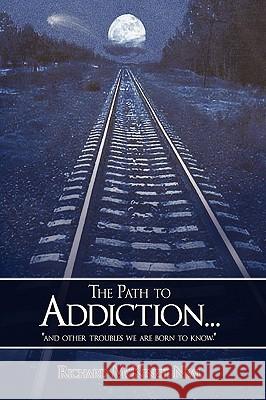The Path to Addiction...: and other troubles we are born to know. » książka
The Path to Addiction...: and other troubles we are born to know.
ISBN-13: 9781438916743 / Angielski / Miękka / 2008 / 496 str.
The Path to Addiction...: and other troubles we are born to know.
ISBN-13: 9781438916743 / Angielski / Miękka / 2008 / 496 str.
(netto: 78,10 VAT: 5%)
Najniższa cena z 30 dni: 81,55
ok. 16-18 dni roboczych
Dostawa w 2026 r.
Darmowa dostawa!
While this book is technically a sequel, the hope was that there would never be reason to continue the first book's storyline. That book was left open-ended because we can never be sure of an addict's long-term sobriety. Given the longevity of his addiction, his drug of choice and history of failures, the probability was high that my son could relapse again. He had been clean and sober for 30 months (18 months in prison and 12 months back home) before his regression was triggered by a prescription pharmaceutical. Vicodin was prescribed and that led my son back to the streets for methadone and from there it was just a matter of time before reconnecting with his old friend, heroin. My son's meltdown and the mind-numbing ugliness of the fallout are documented in-depth, during the early chapters of this book. In an effort to better understand the profound difficulties that addicts struggle with, and why they seem powerless to control their lives, the mid-section of the book is devoted to research. The book covers addictions in general, the history of worldwide drug usage, the pros and cons of the various treatment programs, the debate over the difference of opinion regarding the numerous models, the causal triggers and the pharmaceutical companies. Every addict has two personalities, but the general public only sees the manifestation of the unsightly one...the good one goes unnoticed, even when they're clean and sober. The indistinguishable one is no different than you or me; he's just overpowered by his unwanted tenant...addiction. I'm trying to point out that no one "wants" to be an addict. Once clean, the addict knows that he must always be strong and vigilant because his co-pilot is always waiting in the wings for his chance to once again, take over the flight controls.











